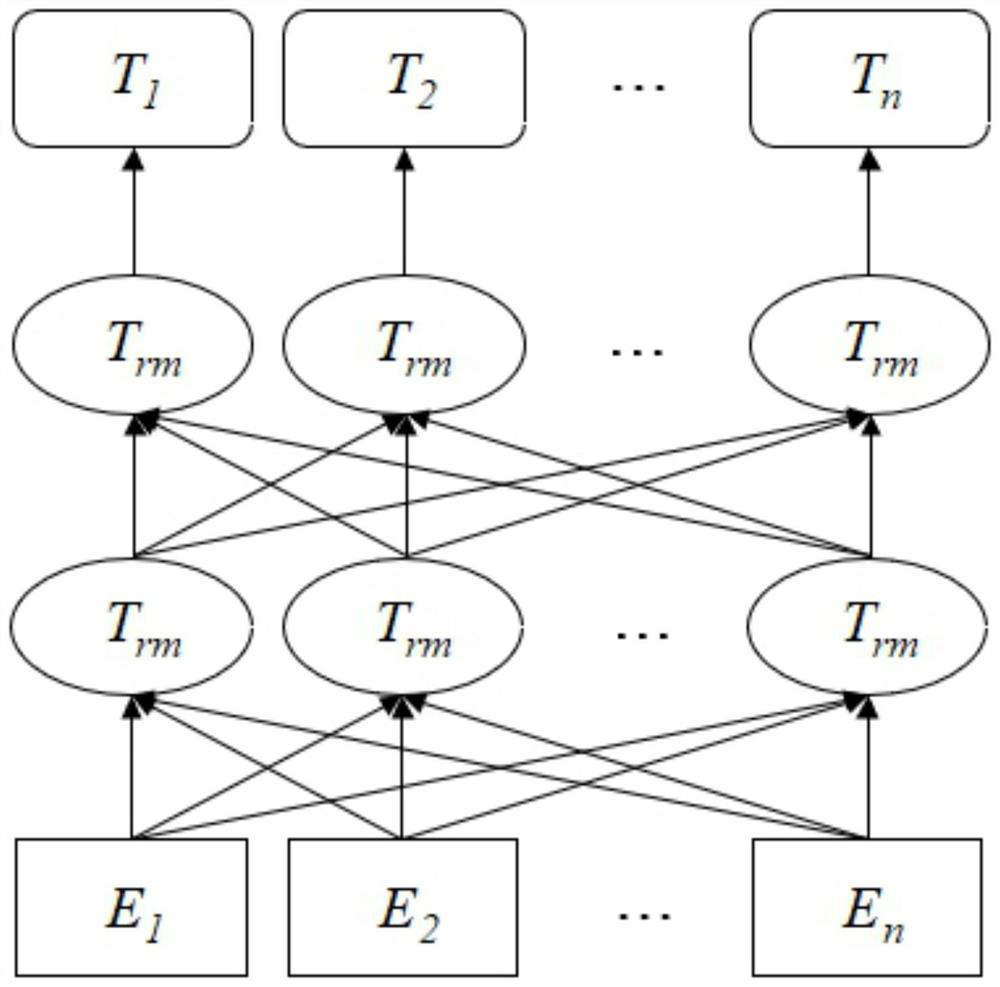Knowledge graph intelligent question-answer method fusing pointer generation network
A technology of knowledge graph and intelligent question answering, which is applied in the field of question answering based on knowledge graph, can solve the problem of low knowledge storage and achieve the effect of saving time
- Summary
- Abstract
- Description
- Claims
- Application Information
AI Technical Summary
Problems solved by technology
Method used
Image
Examples
Embodiment 1
[0083] The overall implementation process of the present invention mainly includes three parts, namely, a knowledge vocabulary building module, a word vector acquisition module, and a generative model building module.
[0084] The construction flow chart of the present invention is as figure 1 As shown, each step will be described in detail below.
[0085] Step 1: Use the jieba word segmentation tool to segment the original text and questions in the original WebQA dataset, and remove punctuation marks and stop words, and then check the processed data. If there are words that are not correctly segmented, perform Manually segment words and add them to custom dictionaries;
[0086] Step 2: After preprocessing the data, train it as a word vector, and then use BiLSTM-CRF for named entity recognition;
[0087] Step 3: Then use the cypher statement to query all the triplet information of the entity in the Neo4j graph database;
[0088] Step 4: Query all the triples of the entity i...
Embodiment 2
[0092] Depend on figure 1 As shown, a knowledge graph intelligent question answering method fused with a pointer generation network is mainly constructed from four aspects.
[0093] Step 1: Perform named entity recognition on the dataset;
[0094] Step 2: Retrieve the entity in Neo4j and count the word frequency, and store the entity in the knowledge vocabulary;
[0095] Step 3: word vector acquisition;
[0096] Step 4: Construct a pointer combined with the knowledge map to generate a network model and return the answer;
[0097] Each step is described in detail below:
[0098] Step 1: Use the jieba word segmentation tool and the custom dictionary set in advance according to the data set to segment the data, remove stop words, etc., and then use the word embedding technology to use the original text and questions in the data set as the BiLSTM layer in the entity recognition model. enter. The optimal predicted sequence is then obtained using CRF. In the present invention,...
Embodiment 3
[0166] Step 1: Use the jieba word segmentation tool to segment and check the original text and question parts in the WebQA dataset (original text, question sentence, answer);
[0167] Step 2: Use the BiLSTM-CRF method for named entity recognition on the data after the correct word segmentation;
[0168] Step 3: Query the triplet corresponding to the identified entity in the Neo4j database;
[0169] Step 4: Count the frequency of occurrence of each word in the corresponding triplet, and store the words in the triplet in the knowledge vocabulary in order of word frequency;
[0170] Step 5: Use the deep learning method to obtain the word vector of the question sentence;
[0171] Step 6: Construct a generative model and return an answer.
[0172] Further, for step 1, use jieba word segmentation to segment the original text and questions in the data set, and remove stop words and punctuation marks.
[0173] Further, for step 2, the named entity recognition method is BiLSTM-CRF. ...
PUM
 Login to View More
Login to View More Abstract
Description
Claims
Application Information
 Login to View More
Login to View More - R&D
- Intellectual Property
- Life Sciences
- Materials
- Tech Scout
- Unparalleled Data Quality
- Higher Quality Content
- 60% Fewer Hallucinations
Browse by: Latest US Patents, China's latest patents, Technical Efficacy Thesaurus, Application Domain, Technology Topic, Popular Technical Reports.
© 2025 PatSnap. All rights reserved.Legal|Privacy policy|Modern Slavery Act Transparency Statement|Sitemap|About US| Contact US: help@patsnap.com



